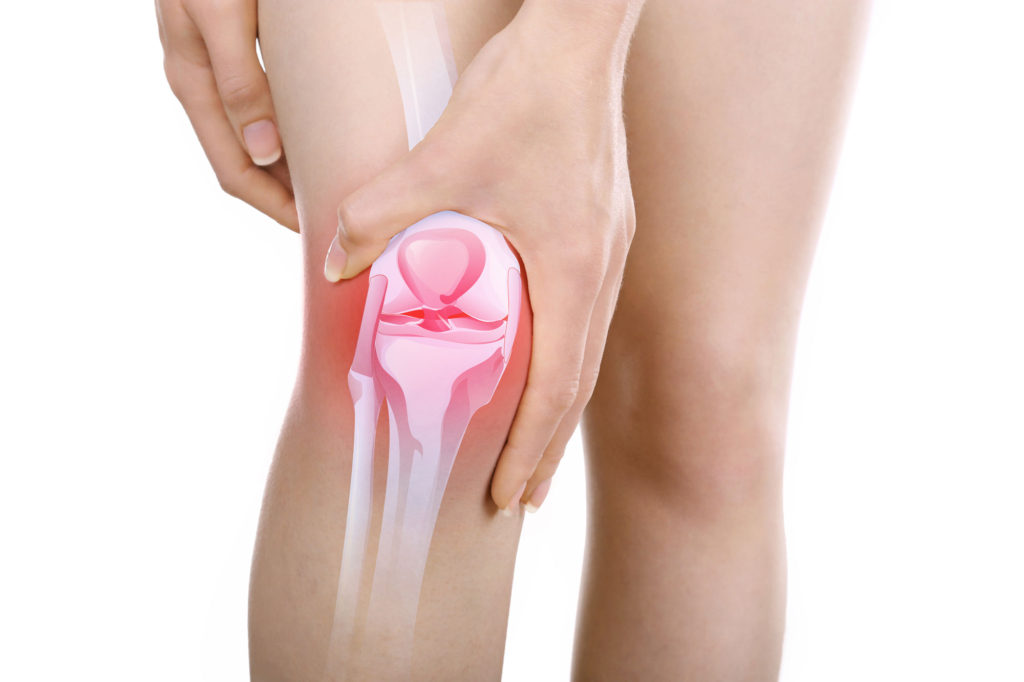With the summer heat just around the corner (if you’re not already feeling it), you might be noticing a change in your joints. Across the United States, the heat is rising, but not many places get as hot as Phoenix does. We can always anticipate hot summer days and barely a blink of relief at night.
Weather seems to have a huge impact on the health of our joints, and there are many factors that relate to this phenomenon. Many people have difficulty regulating their systems when dealing with chronic pain. The weather then creeps in and adds maddening effects to already painful joints. If you experience changes in your joints during the seasons, this one is for you.

Why does the heat hurt my joints?
When it heats up in Phoenix, dehydration becomes a bigger factor. Many people will experience decreased synovial fluid in their joints. When you lose this lubrication, it can cause your joints to become more painful. Without knowing it, you might be losing more fluid through sweating, and if not replaced properly, can lead to dehydration and decrease joint fluid.
Additionally, painful joints can be caused by increased ozone levels from higher heat and humidity levels. If you’re suffering from asthma, chronic pain syndrome or multiple sclerosis, you might be finding that your joints are more inflamed during the summer months. Sometimes, it is just the change in pressure and eventually, your pain will even out.
How can I prevent chronic painful joints during the summer?
Since dehydration seems to be a big factor in painful joints during the summer heat, increasing your fluid intake is a great way to begin combating the pain. You should make it a priority to drink plenty of water during the summer months. It may seem like an easy solution, but fluids are vital when it gets hot. Consider putting the soda down and filling up on a little more H20.
Beyond gulping down water, there are many other things you can focus on during the summer to treat you joints a little better. Here’s a quick list of things to keep your joints health this summer.
 1. Keep active
1. Keep active
With the heat comes a whole new slew of outdoor activities for your body to enjoy. Swimming, hiking and biking are a few that people tend to really get into. You may notice some aches and pains from using different muscles if you change the type of activity you do. Don’t let this pain keep you from enjoying these activities. Make sure you get plenty of rest between each activity and give yourself ample time to stretch before and after.
2. Maintain your weight
Nothing adds more stress to your joints (especially your knees) than additional weight. Keeping your body at a healthy weight will definitely limit the amount of pain you experience. Staying active is a great start to keeping your weight at a good level. Also keep in mind that your diet needs to stay spot on. There’s not great secret to maintaining your weight. It’s always been and always will be a proper diet and proper exercise. Swap those sugary treats for healthy fruits and work hard to make food at home. It is very tempting to eat out, but you’ll have more control over your meals if you make them yourself.
3. Know your limits
If you’re the type that is very motivated and loves all the different activities that summer has to offer, that’s fantastic. However, you need to keep yourself in check. Make sure you are not pushing your limits so much that you actually cause an injury. Not only can an injury physically put you out of the game, but it can oftentimes lead to depression and pure frustration. Keep it real.
4. Let your provider know
Keeping tabs on your pain levels with your pain specialist is always important. If your pain level is increasing rapidly or changing for the worse, let your provider know so you can battle it together.
Final Thoughts
Whether you enjoy the hot Phoenix sun or you’d rather hide in the air conditioning, the summer heat is no joke here. You need to take very good care of your body and extra good care of your joints. Drink plenty of water and make sure your provider is up to date with your level of pain. You may not be able to beat the heat, but you can prevent further pain during the changes in the weather.
Comments are closed.
